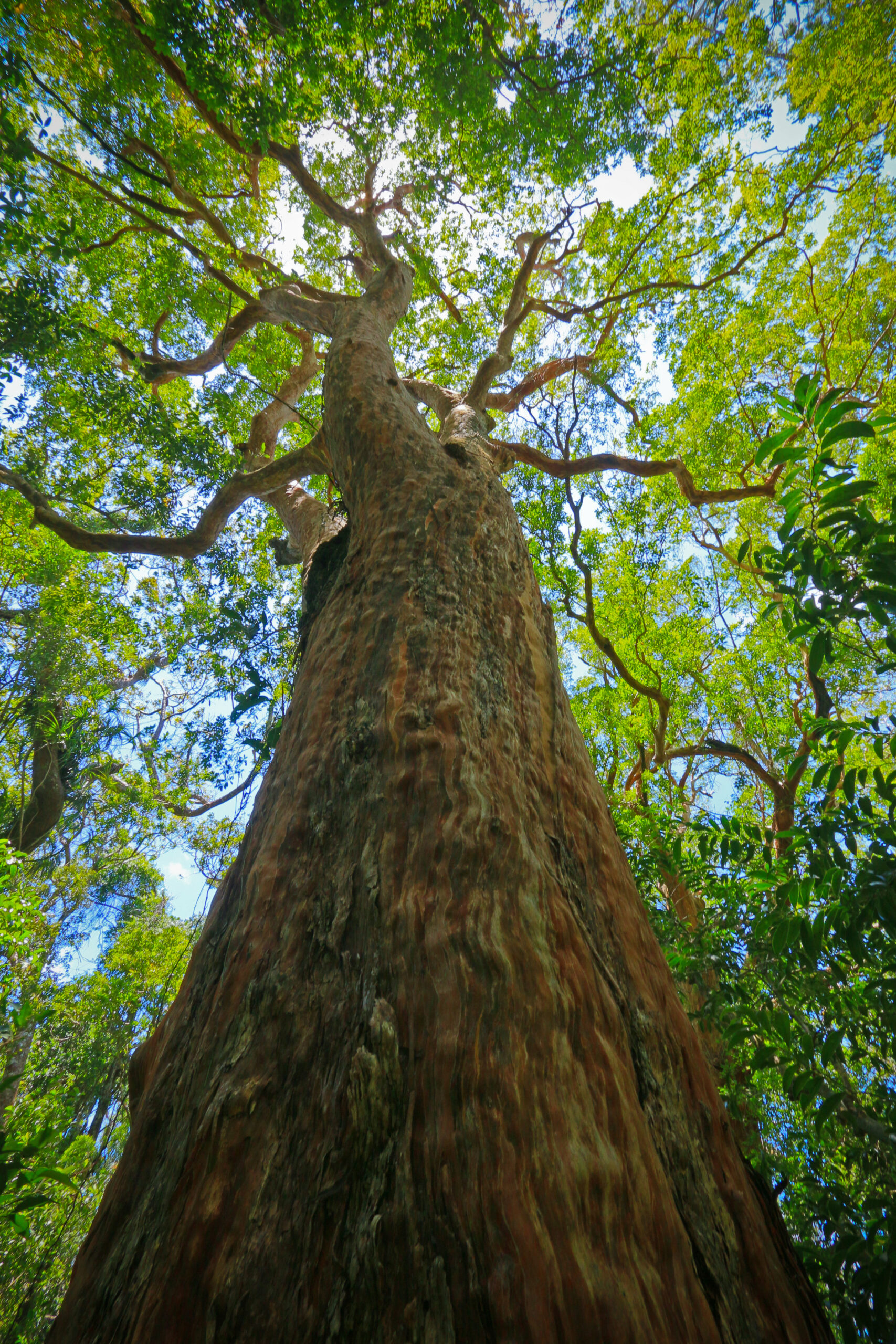| Local Name | Place |
| Asana | Quezon |
| Asana | Bulacan |
| Asana | Rizal |
| Asana | Laguna |
| Dungon | Ilocos |
| Dungon | Cagayan |
| Laga, Nala, Sagat, tagga, Taggat | Cagayan |
| Naga | Camarines |
| Naga | Albay |
| Naga | Sorsogon |
| Naga | Leyte |
| Naga | Davao |
| Nala | Batanes |
| Udiao | Isabela |
| Udiao | Pangasinan |
| Vitali | Zamboanga |

Did you spot something we need to update?
Do let us know. Together, let's grow the database.
Reach out to us at binhi@energy.com.ph
Narra is commonly found on sandy or clay loams with neutral or slightly acid reaction. ASSOCIATED VEGETATION: Afzelia rhomboidea, Sindora, supa, Instia bijuga, Albizia acle, Wallaceodendron celebicum, Pterocarpus indicus and Kingiodendron alternifolium; On the tower karsts of Malapakan Island rising to 300 masl, in northern Palawan - Buchanania arborescens, Palaquim dubardii, Ardisia sp., Syzygium sp., Pterocarpus indicus, Instia bijuga, Cratoxylum conchinchinensis, Ochrosia glomerata, Spondias acida, and the palm Abonidia merrillii; Molave type forest on non-limestone substrate: Vitex parviflora, Intsia bijuga, Heritiera sylvatica, Pterocarpus indicus, Toona calantas, Wallaceodendron celebicum, Albizia acle, Wrightia pubescens ssp. laniti, Lagerstroemia piriformis, Pterocybium tinctorium, Pterospermum diversifolium, and Maranthes corymbosa (Fernando et al., 2008).
Primary and secondary evergreen forest at low and medium altitude. It occurs mainly along tidal creeks and rocky shores, also in evergreen and seasonal forests up to 600 masl (Fernando et al., 2004).
Propagation. P. indicus behaves like a pioneer tree and grows best in the open. Seedlings are slower growing than cuttings and exhibit considerable variation in vigor. Rooted cuttings can be established readily on nearly all kinds of soils, from coastal sands to inland clays, in urban and garden situations, and even in quite small planting holes dug into pavements. P. indicus may be propagated by seed, which germinate in 8-100 days, but the initial growth of seedlings and saplings is relatively slow. SEED TECHNOLOGY: The seeds are difficult to extract, but will germinate readily through built-in weaknesses in the fruit wall. There is therefore no advantage of extracting the seeds because the germination time and percentage are practically the same between whole fruits and extracted seeds. PROPAGATION BY CUTTINGS: preferred, especially for ornamental planting. P. indicus is unique among big timber trees in that the capacity for rooting of stem cuttings is not lost with age. Stem cuttings can be taken from trees of any age and size. Cuttings of diameter 6 cm or larger will root better than cuttings of smaller diameter. Young leaf-bearing stems will not root at all. For roadside planting, the cuttings used are in the form of stakes 15-3 m long and as much as 10 cm diameter. Such stakes produce up to 10 radiating shoots at the top, making a symmetrical crown very quickly, above pedestrian height. Rooting the stakes in loamy soil in large well-drained containers, while tied securely to a simple supporting framework is advised. The stakes root in about 3 months and can be reduced to as short as 10 cm length, but such cuttings would take longer to develop into trees. FERTILIZATION: Urban trees in Singapore are fertilized with compound fertilizer at the rate of 0.5, 1, and 15 kg /tree /annum in the first, second, and third years of growth. Subsequently, they get 3-5 kg per tree per annum depending on their size. The fertilizer is spread evenly on the soil under the tree crown and is applied once a year. Where the area of the soil is smaller than the crown (e.g. for trees planted in pavements and road dividers), the fertilizer is divided into two or more smaller applications. As an urban tree, P. indicus is relatively wind-firm and seldom suffers branch breakage. Trees of all sizes and ages easily regenerate new shoots when lopped or pollarded. In Papua New Guinea, logged forest trees readily regenerate new plants from the roots. (Reference: Orwa et al., 2009).
Locate our planted NARRA Trees
Locate our planted NARRA Trees

trees planted in the country!

Spread awareness and learn about the 96 native Filipino trees species EDC has saved from extinction. Get your own copy of the coffee-table book today!